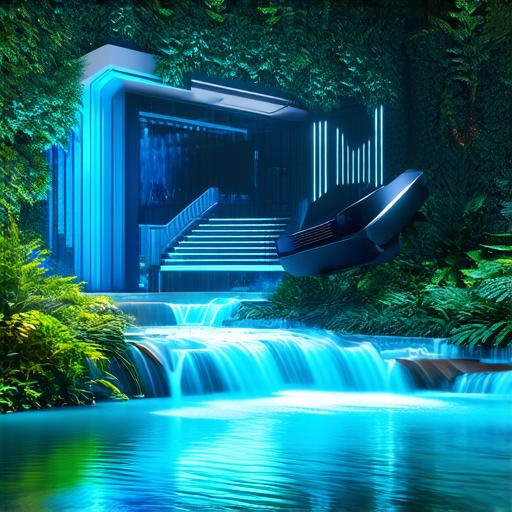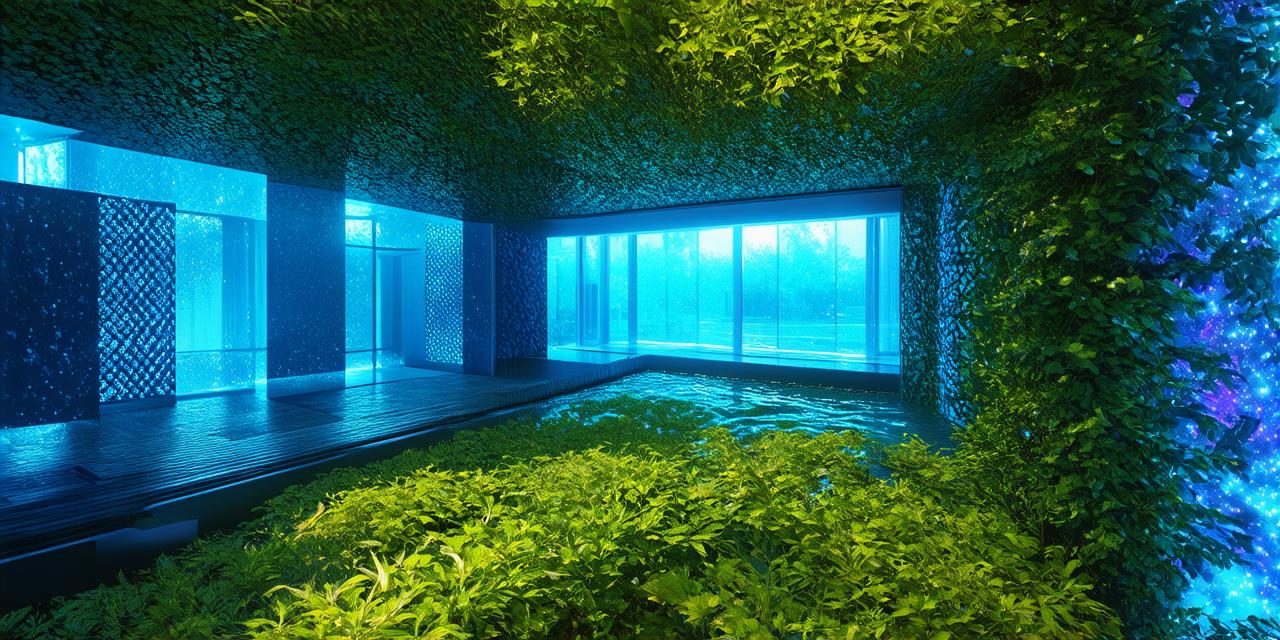
As virtual reality (VR) architecture continues to gain popularity among businesses and consumers alike, more and more people are turning to it as a way to create immersive experiences that captivate audiences. But developing VR architecture can be a complex and time-consuming process, requiring specialized skills and knowledge.
In this article, we’ll explore some tips and best practices for developing VR architecture efficiently.
What is VR Architecture?
Before diving into the details of how to develop VR architecture, it’s important to understand what it entails. VR architecture refers to the design and creation of virtual environments that can be experienced through a head-mounted display (HMD) or other VR device.
The Process of Developing VR Architecture
Developing VR architecture involves several stages, each of which requires careful planning and execution. These stages include:
-
Conceptualization: This is the first stage of VR architecture development and involves brainstorming ideas for the virtual environment, including the layout, design, and overall feel of the space.
-
Design: Once the concept has been established, designers will create a detailed plan for the virtual environment, including sketches, 3D models, and other visual aids. This stage also involves selecting appropriate software tools and technologies to be used in development.
-
Development: With the design plan in place, developers will begin building the virtual environment, using specialized software and hardware to create a seamless and immersive experience for users.
-
Testing and Iteration: Once the VR environment has been built, it’s important to test it thoroughly to ensure that it functions as intended and meets the needs of the end user. This often involves making iterative changes based on user feedback and testing results.
-
Deployment: Finally, once the VR environment has been fully developed and tested, it can be deployed for use by the intended audience.
Tips for Developing VR Architecture Efficiently
Now that we’ve covered the basic stages of VR architecture development let’s explore some tips and best practices to help you develop your VR environment efficiently.
-
Plan ahead: As with any project, it’s important to have a clear plan in place before diving into development. This includes creating a detailed budget, timeline, and scope of work. By doing so, you can ensure that everyone involved in the project is on the same page and working towards the same goals.
-
Use efficient software tools: There are many software tools available for VR architecture development, but not all of them are created equal. Look for tools that are easy to use, have built-in features that streamline the development process, and support real-time rendering and collaboration.
-
Optimize your environment for performance: VR environments can be resource-intensive, so it’s important to optimize your environment for maximum performance. This includes using high-quality textures, reducing the number of polygons in your models, and minimizing the use of complex shaders.
-
Test early and often: As mentioned earlier, testing is an essential part of VR architecture development. However, it’s important to test early and often to ensure that any issues are caught before they become major problems. This includes conducting user testing and gathering feedback on your environment throughout the development process.
-
Collaborate with experts: Developing VR architecture can be a complex and specialized process, so it’s important to collaborate with experts in the field. This includes working with experienced designers, developers, and testers who can provide valuable insights and guidance as you navigate the development process.
Case Studies and Personal Experiences
To further illustrate these points and provide practical examples of how to develop VR architecture efficiently, let’s take a look at some real-life case studies and personal experiences from VR developers.
